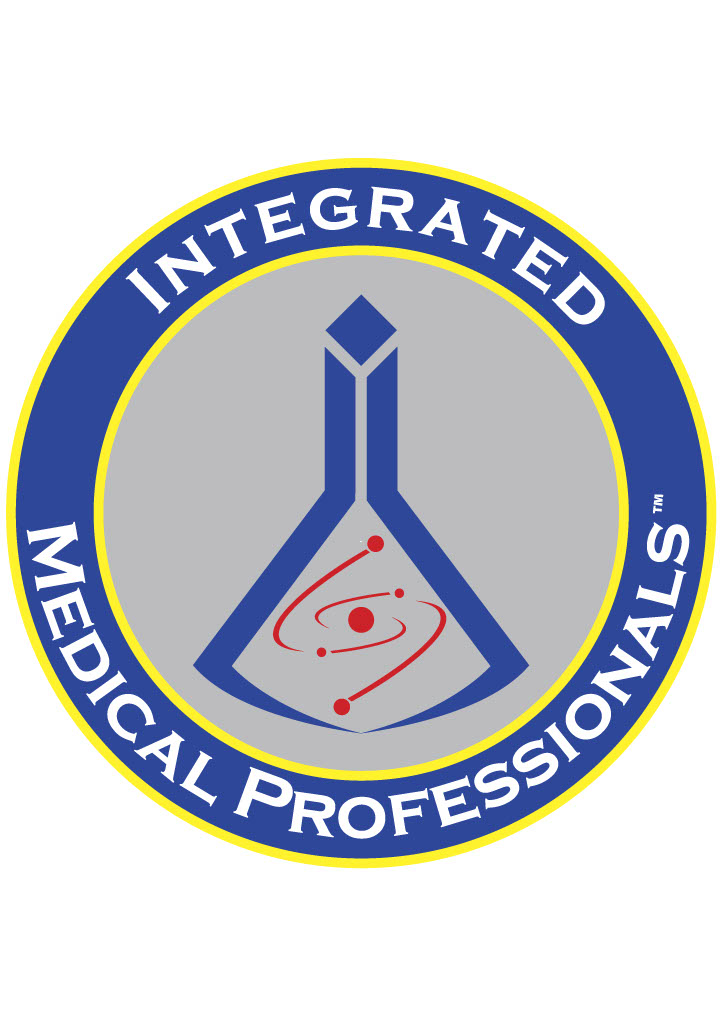

CUTTING EDGE TREATMENT
Advanced Urinary Incontinence Therapies
When the initial therapies don’t work, there’s still hope
It’s been a long road. You are probably frustrated and ready to give up on the hope of regaining the lifestyle you once enjoyed. If you are tired of the inconvenience and the embarrassment associated with bladder issues, and you’ve tried behavioral training, Kegel exercises or failed to tolerate or respond adequately to oral medications, it may be time to consider seeing a urinary incontinence specialist.
We have good news. Your AUCNY urologist works closely with Toby Handler, MD, FACS, Alfred Kohan, MD, FACS and Thomas Rechtschaffen, MD, FACS, urinary incontinence specialists who are experts in third line therapies. They can offer specialized treatment options to alleviate your urinary symptoms, which did not respond to the first and second line treatments.
At our surgery center, conveniently located in Farmingdale, we offer more than a beautiful, state-of-the-art facility where we perform ambulatory procedures. We provide therapy for patients who have overactive bladder symptoms such as frequency, urgency or incontinence which can no longer be managed with the initial treatments. Third line therapy includes Botox® injections, percutaneous tibial neuromodulation and sacral nerve modulation. For stress incontinence, we perform pubovaginal sling surgery, a successful ambulatory procedure solution.
Botox®
Botox® is a medicine that is administered into the bladder to treat overactive bladder symptoms such as urge-incontinence and urgency-frequency syndrome. It is an office procedure which usually produces noticeable results within two weeks of treatment. In clinical trials, Botox® consistently reduced daily leakage episodes by half or more in most of our patients. The results generally last for 6 months. The most common side effect is a slight increased risk of urinary tract infection. A majority of our patients do not have issues after treatment. However, a small portion of patients (5-6%) develop a temporary inability to empty their bladder. Until their bladder is fully recovered, they may require the use of a small catheter to relieve the excess urine a few times each day.
Sacral Neuromodulation (SNM)
A common cause of urge-incontinence, urgency-frequency, and non-obstructed urinary retention can be communication issues between the bladder and the brain. Sacral neuromodulation (SNM) restores bladder function by gently stimulating the sacral nerves that provide nerve impulses to the bladder. A simple nerve conduction test can be done to determine if the therapy is effective for you. During the test, you will have some patches taped to your back and wear a belt to provide the stimulation. Many patients experience effective outcomes from this therapy, which can last 5-7 years.
Percutaneous Tibial Neuromodulation (PTNM)
Percutaneous tibial neuromodulation (PTNM) is an office based treatment that stimulates the posterior tibial nerve (located in the ankle) through an acupuncture-like needle. The tibial nerve connects to the nerves responsible for bladder function. Each weekly treatment is 30 minutes and is scheduled for 12 sessions. The sensation is not painful, although you may feel a slight tingling in your foot. In clinical trials, approximately 70% of patients reported significant improvement of their symptoms after the 12 weekly treatments. Follow-up sessions are usually performed once every 3-4 weeks to maintain the effectiveness seen during the initial treatment. You’ll be free to read, listen to music or catch up on email during these sessions.
To see a urinary incontinence specialist for third line therapies, contact Toby Handler, MD, FACS, Alfred Kohan, MD, FACS or Thomas Rechtschaffen, MD, FACS.
